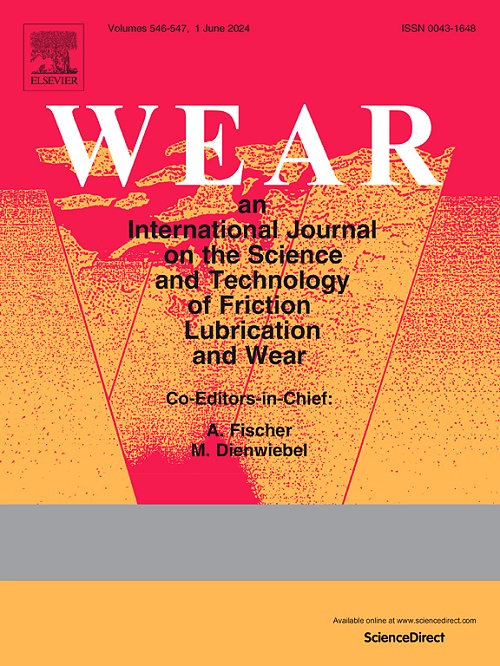This study investigates the phase transition of austenite into strain-induced martensite during the long-term rolling contact wear. The transformation of the non-ferromagnetic austenite to the ferromagnetic martensite is studied as a function of rolling contact duration under the constant roller load and rotation. X-ray diffraction technique and scanning electron microscopy demonstrate that the intensity and extent of strain-induced phase transformation are progressively growing along the rolling duration. Furthermore, it is also found that the extent of this transformation is non-homogenous with respect to the produced wear track width when the highest intensity can be found near the grove centre, and a progressive decrease is detected towards the wear track edge. Compressive residual stresses are produced in both crystalline phases. However, their nearly unaffected amplitude with the rolling duration for the martensite phase is contrasted with the gradually decreasing amplitude of the austenite phase, which indicates the thermal effect. The surface temperature increases due to friction, plastic deformation and the phase transition. It has been proved that the Barkhausen noise technique integrates signals from the whole wear track width as well as quite deep regions below the wear track surface. Barkhausen noise exhibits continuous and progressive increase with the rolling duration as it is contrasted with the X-ray diffraction. Consequently, the Barkhausen noise technique was found to be the more reasonable experimental technique to study the progressive propagation of the phase transition into the bulk material than the X-ray diffraction.


